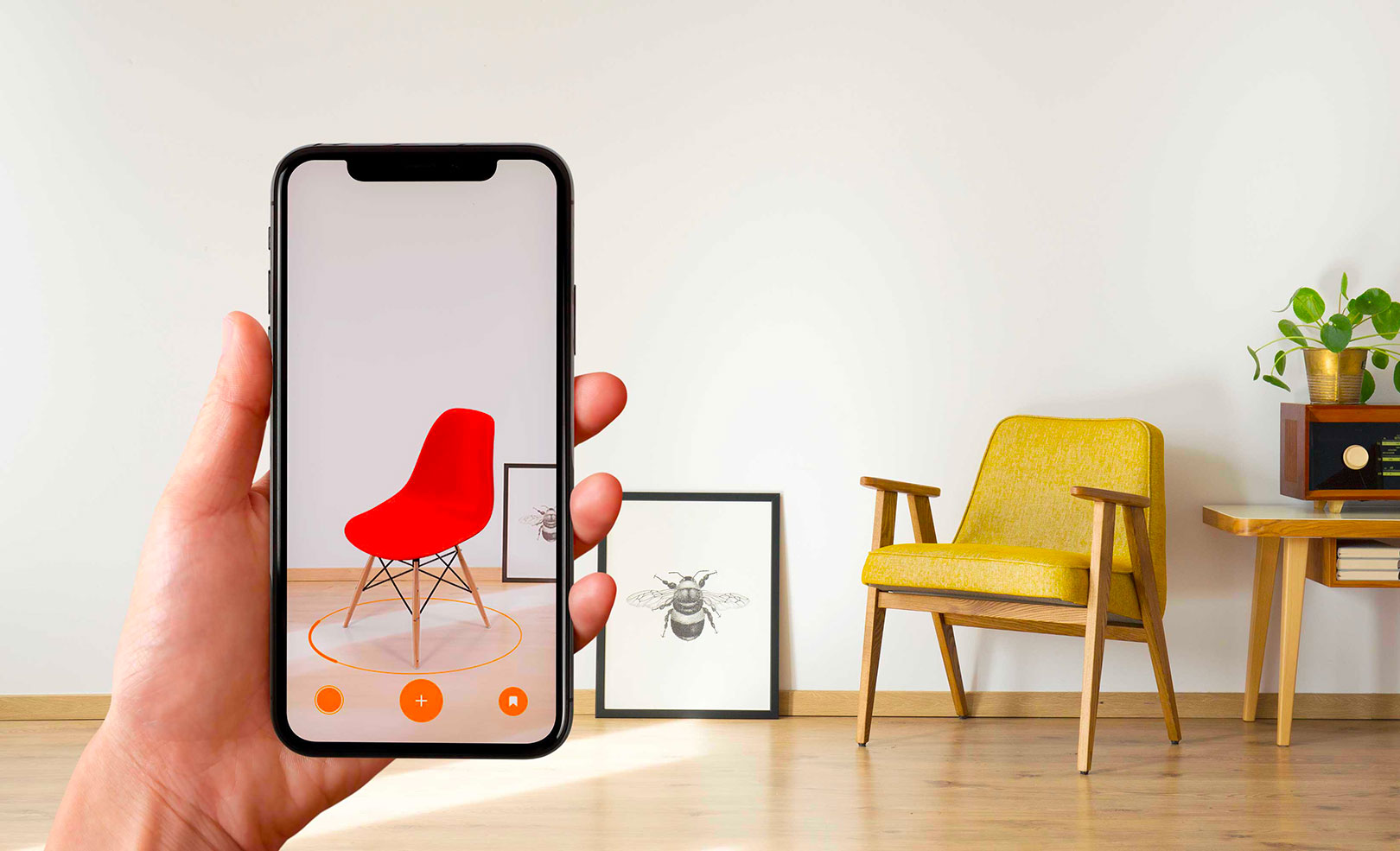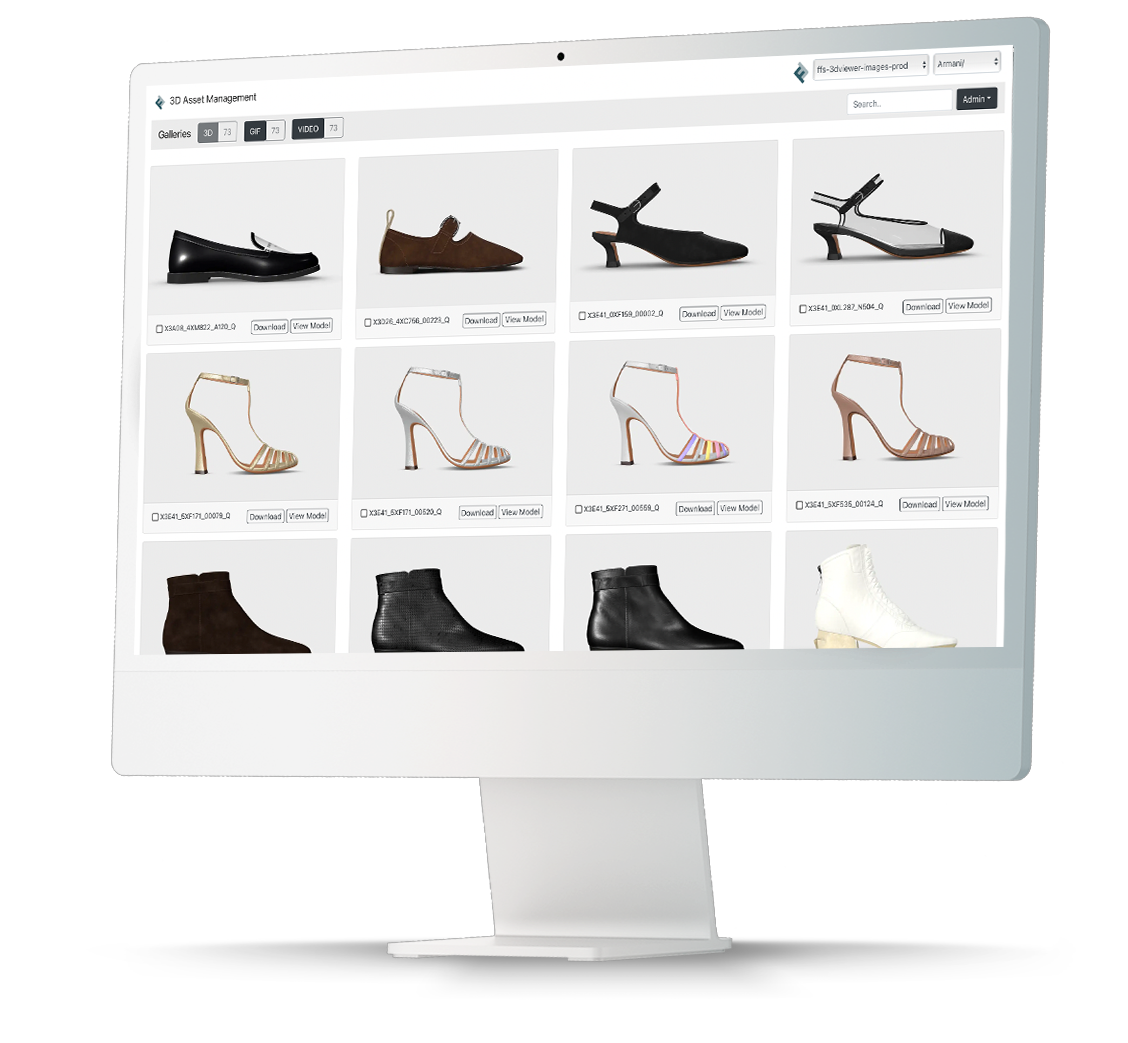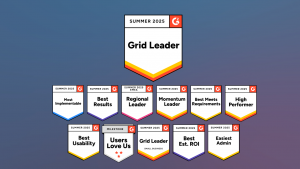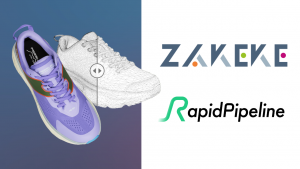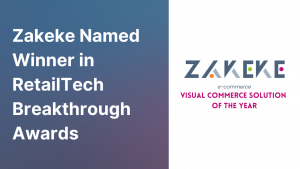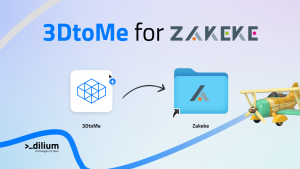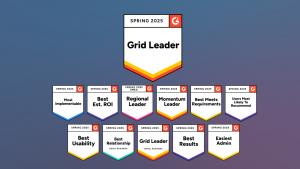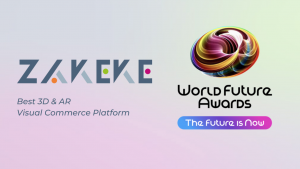A proper digital marketing campaign helps establish a relationship between customers and brands.
Standing out from the competition calls for following the latest industry trends. Augmented reality is one of the most recent examples of how technology can reshape the way marketers approach their craft.
What Is AR and How Is It Used in Marketing?
AR stands for augmented reality. It layers computer-generated aspects onto physical surroundings. In layman’s terms, augmented reality is a means to change our world via sound, computer-generated visuals, and other senses.
In the context of marketing, it opens a lot of opportunities for brands to provide customers with new ways of purchasing.
The Impact of AR Marketing
Augmented reality impacts multiple fronts. For marketing, the expectations are quite high. According to Fortune Business Insights, the AR market size in North America alone is expected to reach almost $100 billion in 2028.
Another study published by Exploding Topics reveals that AR-based shoppers are 50% more likely to spend more.
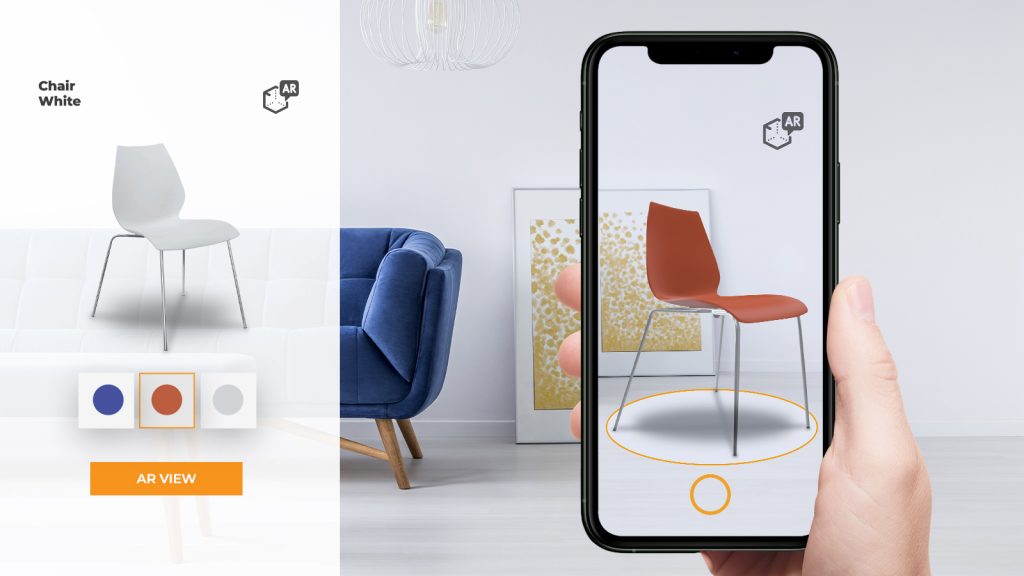
7 Benefits of AR Marketing
Let’s take a look at some of the key AR for marketing benefits to get a better idea of why the concept is trending so much.
1. Distinguishes a brand from competitors
The first benefit is how AR advertising helps brands differentiate themselves from competitors. Implementing the latest technology gives you an edge over brands that fail to recognize innovations.
Put yourself in the shoes of a customer. Would you be more interested in someone who offers a virtual environment to check out a product, or someone who has pop-ups and lackluster product photos on their website?
2. Offers opportunities to test different marketing strategies
Augmented reality brings flexibility to the testing process. Thousands of new products are released every year. Saturated marketing means that most ideas fail.
One of the main reasons behind failure is the lack of customer feedback. Before, you had to develop a product fully and present its physical version.
Now, however, AR enables one to delve deeper into the experience and provide more in-depth feedback. No more expensive prototypes when you can invite multiple testers to an augmented reality environment.
3. Reduces returns and refunds
AR shopping reduces returns and refunds. Shoppers have less room to make an error when they have an opportunity to try a product without leaving home.
4. Encourages purchases
AR experiences attract attention from potential customers. Some might want to try it for themselves just to see what it is like.
For other shoppers, there is also the fact that they can delve deep into testing products to make the best possible decision. And once they are confident in their choice, they will spend money.
5. Builds hype
Hype leads to more conversions. People who are not familiar with AR for marketing might hear about it from their peers.
A simple campaign that involves AR marketing on social media can go viral. Some of it is luck, but the augmented reality concept in marketing is still relatively new. It’s still hot, so make the most out of it while the hype is there.
6. Enables a different storytelling approach
Many marketers like to create a narrative that excels in quality. At the same time, some products are quite complicated, so it makes sense to look for ways to create a story/product description with the help of augmented reality to tell a richer story.
7. Provides ways to visualize products
Modern shoppers don’t have the attention span to read super-long product descriptions. Hence, it is common to utilize visualization.
AR takes visualization to another level.
Examples of Augmented Reality Marketing Campaigns
If you are looking for augmented reality marketing examples to get some inspiration or justification that the concept works, consider these three.
1. IKEA
Purchasing furniture online comes with a risk, as you can’t predict how it will look at your place.
IKEA developed its Studio app to let shoppers utilize sensory technology. One can take a picture of their room and try different furniture setups available from IKEA.
2. Niantic
Out of the companies that use augmented reality, Niantic is arguably the most notable example. Their Pokemon GO mobile game was a global success.
So many people are Pokemon fans, and they own a smartphone. The app also encourages going outside and exercising, so the benefits go beyond just enjoying catching characters from your childhood.
3. Adidas
Shoe shoppers look not just for comfort but also how the footwear looks. Out of augmented reality examples in shopping, Adidas is another solid shout.
They worked on an iOS app, which makes decisions for shoe shopping much easier.
Augmented Reality for E-commerce: Why You Need It
AR for marketing exists because it presents a new and innovative way to approach product presentation for shoppers.
A more immersive experience benefits consumers because they have more information at hand. And if customers are happy and shopping, the businesses are happy, too.
How Can You Use AR Marketing?
AR for marketing doesn’t end with just new ways to present products via immersive visuals. Brands can utilize AR with QR codes.
- Most consumers have smartphones. Instead of downloading a dedicated app, they can simply scan a QR code with their device and receive an offer, a discount code, a free shipping voucher, and so on.
- The customer support department also benefits from AR. Solving customer problems with AR-created manuals eliminates redundant tasks and improves efficiency.
- One other example is adding a virtual component to one’s business cards or other marketing materials. Interested consumers can scan a brochure and receive more information right away rather than spending time looking up information on Google.
How To Start With AR Marketing For Your Store: Zakeke
Are you interested in starting your journey with augmented reality marketing but don’t know where to start?
Zakeke has the visualization side covered. Use our platform to bring your brand’s products to life and boost the customer experience. It’s intuitive and easy to use. Fully 100% WebAR and Virtual Try-On: enhanced experiences for your customers, zero hassles for you.
Embrace the AR revolution today: start free trial or book a demo today.

Laura Alexander
E-Commerce Content Manager
Laura Alexander is a freelance digital content manager and copywriter. Specializing in tech, ecommerce, and educational content, she had her work appear in publications like Omnikick, Pomodoneapp, Sortlist, and Price2Spy.



